If you’re an avid Linux user you probably know by now that it is no Operating System for the weak at heart (well sometimes). The chances of you getting crushed when trying to install a Linux-based Operating System or learning the usual curves in your first week are pretty high.
On the other hand, if you’re starting your trip into the world of Linux you will probably be using one of the mainstream distros out there – Ubuntu and Linux Mint, for example.
Yes, these are excellent distro choices as is suggested by the Google results of the typical keyword search, but if you are explorative enough, you would have already started craving for something that is radically different from what the mainstream has to offer and this is when Arch Linux comes to the rescue.
Arch Linux is a lightweight rolling release Linux distribution for x86-64 architecture-based computers. It is open-source and contains both libre and proprietary software because of its flexibility-based philosophy. As much loved as Arch Linux is, word on the blog streets is that it has a steep learning curve and new users end up searching for derivatives that are less developer-centric or switch to trying out a different Linux distro line completely.
If you want to give Arch Linux a try or are in the mood of enjoying the Arch Linux experience from a different angle here is a list of the 10 best Arch-based distros to check out.
1. Manjaro
Manjaro today stands out as one of the main Arch-based distributions essentially because it has an active development team with a large user base and community with the added advantage of being one of the very first distros to go with an Arch – which of course means it has been around longer than the rest.
Manjaro is yet another user-friendly Arch-Linux-based distro that completely revamps the whole idea of Arch – but most importantly lends an easier and more intuitive approach to Arch Linux for newcomers.

Manjaro is available in the listed flavors below with the Xfce and KDE variants being the officially supported bases.
- XFCE
- KDE
- E17
- Cinnamon/Gnome
- Fluxbox
- KDE/Razor-qt (a Manjaro Turkey project)
- LXDE
- Enlightenment
- Netbook
- LXQT
- PekWM
Choose your preferred Manjaro edition from the official website here: Download Manjaro Linux OS and do a fresh Manjaro installation on your system.
2. ArcoLinux
ArcoLinux (formerly ArchMerge) is an Arch Linux-based distro that enables users to run Linux in several ways using any of its 3 release branches:
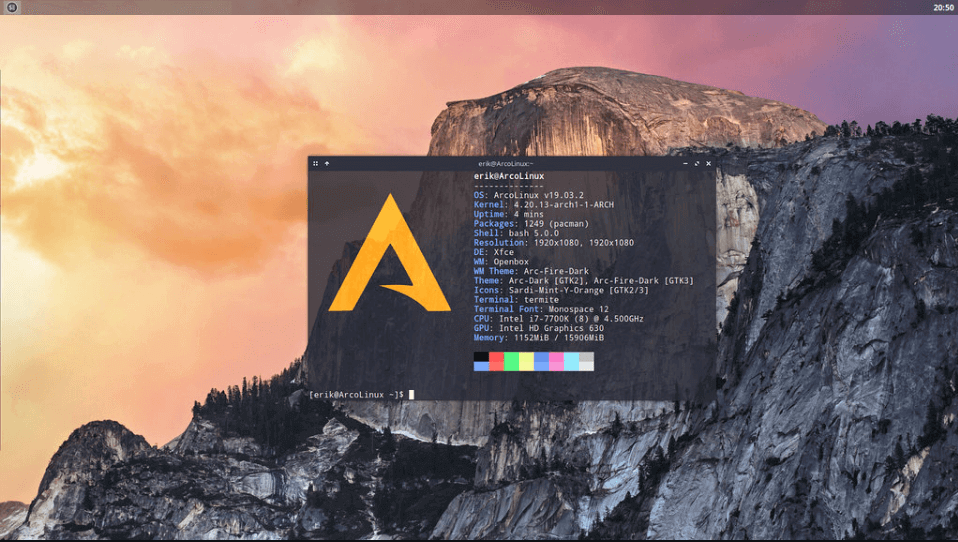
- ArcoLinux: a full-featured OS with Xfce as its desktop manager.
- ArcoLinuxD: a minimal OS that allows users to install any desktop environment and application with a built-in script.
- ArcoLinuxB: a project that allows users to build and customize unique versions of the OS using pre-configured desktop environments, etc. This is what has birthed several community-driven derivatives.
- ArcoLinuxB Xtended: a project that further extends the flexibility of ArcoLinuxB to enable users to experiment more with Tiling Window Managers and other software.
ArcoLinux is free, open-source, and available to download from here: Download ArcoLinux.
3. Chakra – Discontinued
Chakra is a user-friendly Arch Linux-based distribution with a focus on KDE and Qt software to encourage the use of KDE/Qt as a replacement for other widget toolkits.
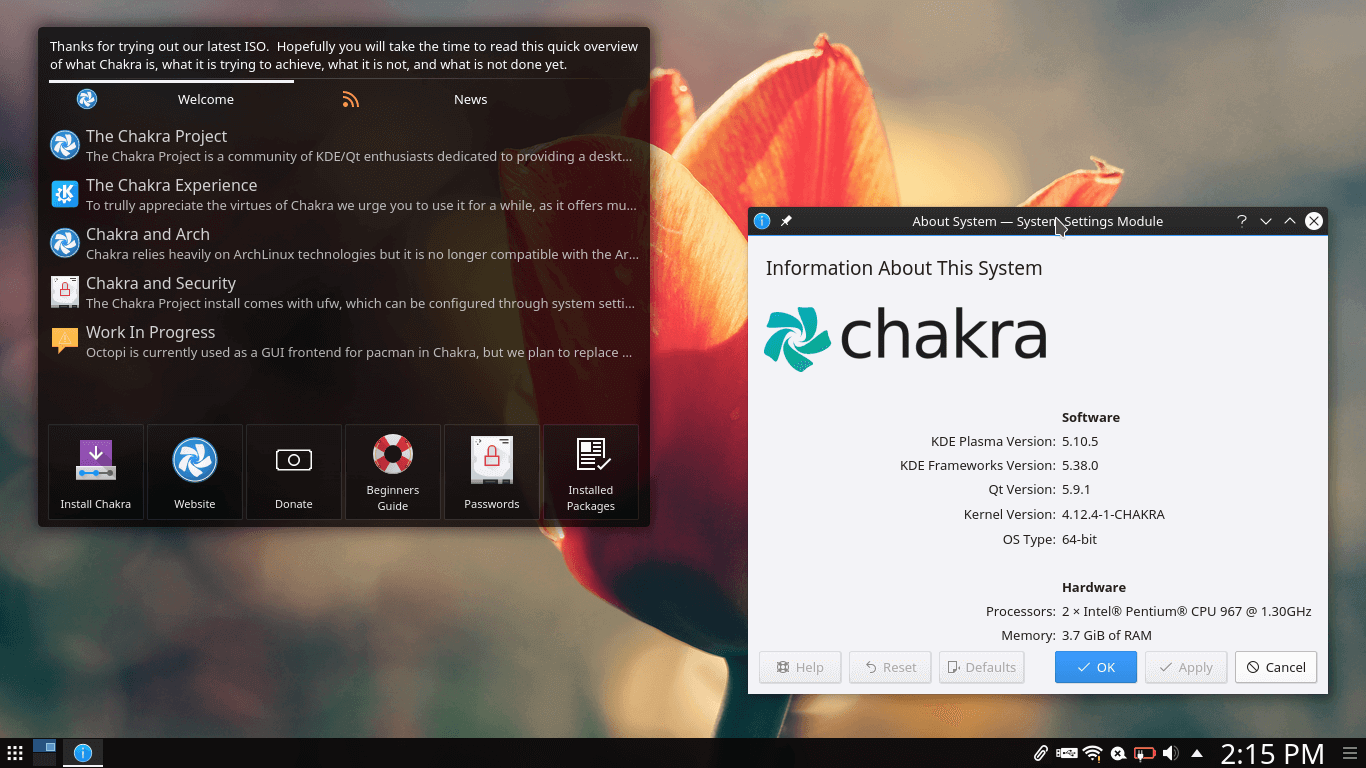
Although it is based on Arch Linux, it classifies as a half-rolling release because it allows users to install their favorite applications and updates from its Arch-based system core while enjoying the latest version of the Plasma desktop environment.
4. Anarchy Linux
Anarchy Linux is a free and open-source project that exists to enable interested Arch Linux users to enjoy all the best of the distro without the hassle that typically comes with it – especially during the installation phase. It does this by shipping with several automated scripts that facilitate its easy setup using Arch’s package base while featuring a custom repository with additional packages.
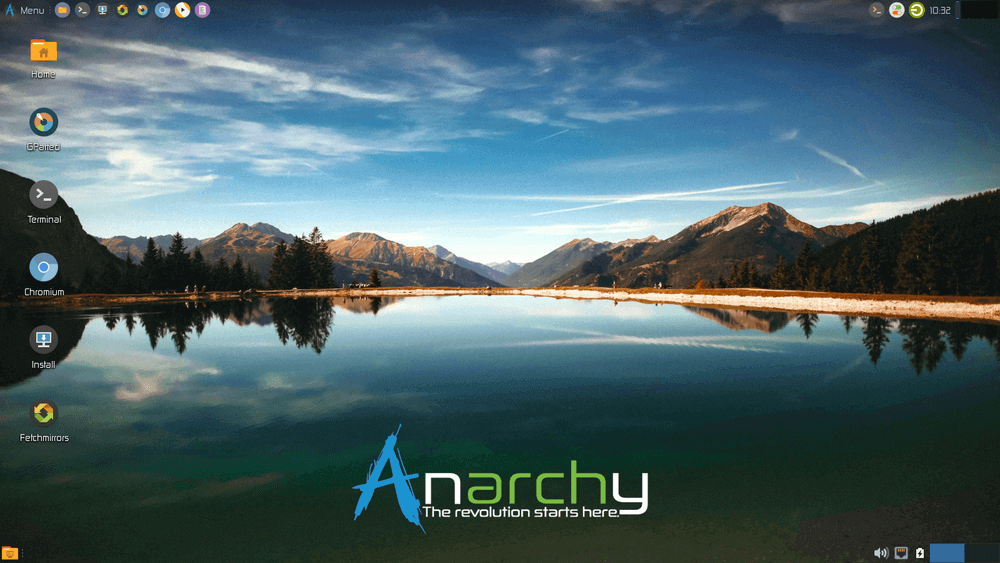
Anarchy Linux is distributed as an ISO that can run off a pen drive, uses Xfce 4 as its default desktop environment, and its users benefit from all the goodies of the AUR.
The latest version of Anarchy Linux ISO images are available on its official website here: Download Anarchy Linux.
5. ArchBang
ArchBang is a minimalized, general-purpose live Linux distribution based on Arch Linux. It is a rolling release under the GNU General Public License, ships with Pacman as the default package manager, and OpenBox as the window manager.

ArchBang has been around for a while now and is still in active development where it is built to run Standard Systemd with speed and stability especially even on low-end hardware.
You can grab the latest ArchBang Linux iso images here: Download ArchBang Linux.
6. Bluestar Linux
Bluestar Linux is an independent Arch Linux-based distribution that focused on creating a tightly integrated rolling and transparent distro for modern desktops. It follows innovations and ships the latest updates for the Plasma Desktop.
Bluestar is a fully configurable distribution that can be permanently installed on a laptop or desktop system, or you can run it effectively using a live installer and supports the inclusion of persistent storage for those who are not installing it permanently.
A Bluestar Linux software repository is in continuous development and offers additional tools and applications when required or requested.
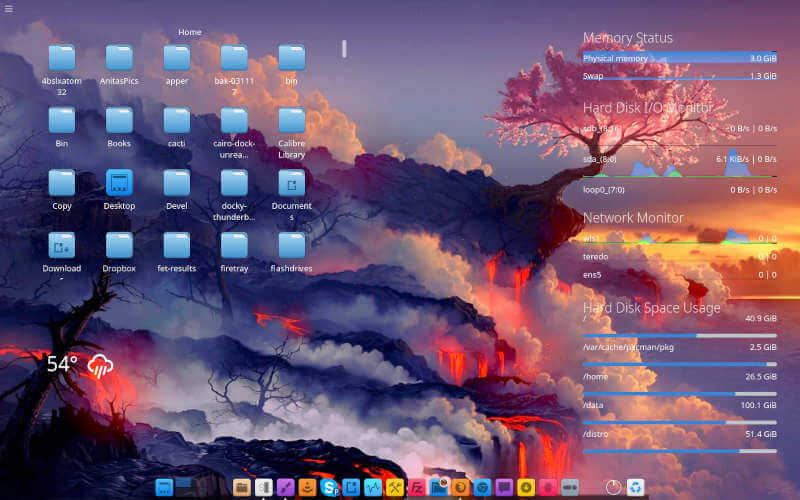
7. Garuda Linux
Garuda Linux is a rolling release distro based on Arch Linux. It features a beautiful UI and memory-friendliness thanks to its focus on performance. Garuda Linux uses the Calamares installer so setting up your workstation will be a breeze.
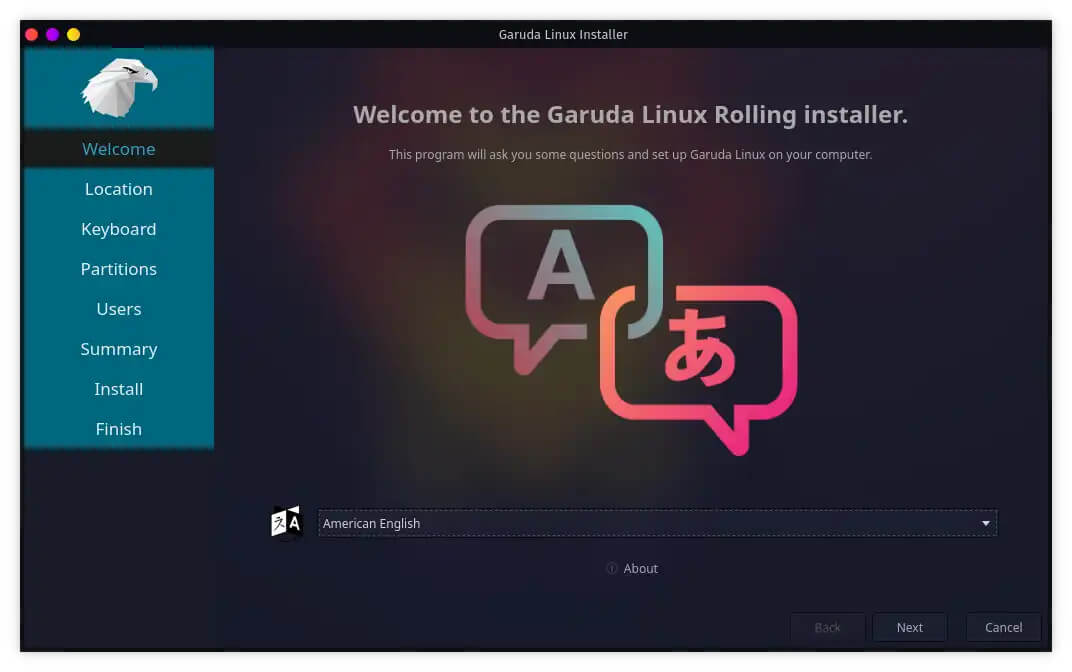
8. EndeavourOS
EndeavourOS is a terminal-centric Arch Linux-based distro powered by a vibrant and friendly community at its core. Its purpose is to reveal the flexibility inherent in the Arch-based core to users as they go on their Linux journey.

9. Artix Linux
Artix Linux is an Arch Linux-based rolling distro. It uses runit, s6, or OpenRC as init because PID1 has to be simple, secure, and stable.
Artix Linux offers different installation options. One of them uses the Calamares GUI installer which will enable you to get up and running in no time.
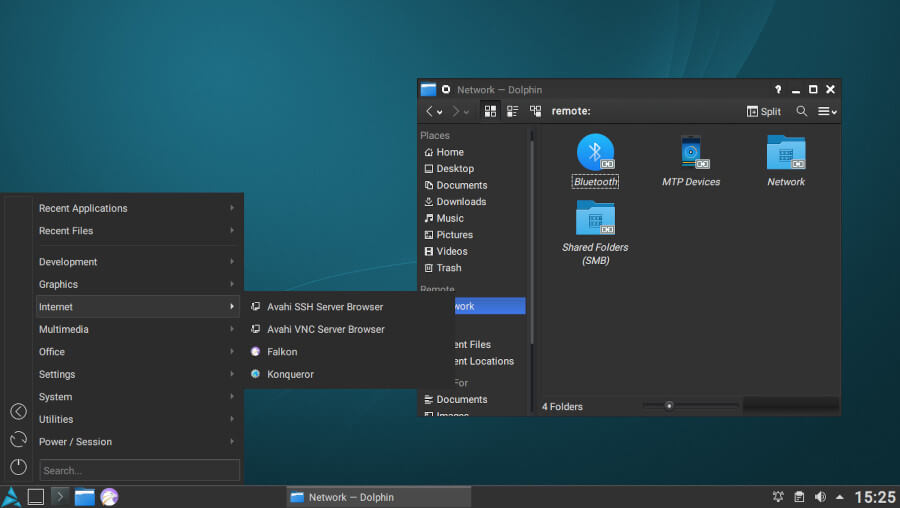
10. Archman Linux
Archman Linux is an Arch Linux-based rolling distribution built with a focus on power, speed, stability, and aesthetics. It exists to always provide users with up-to-date packages as well as provide unlimited access to all the customization features Linux has to provide starting from the several desktop environment options to testing the latest releases and packages before committing to installing them.

Conclusion
There are several common factors in all the above-mentioned distros. User-friendliness, customizability, beautiful aesthetic design, benefits of the Arch User Repository and the Arch Wiki, a welcoming community, documentation, tutorials, etc. One thing that will make one distro significantly stand out over the others is your list of requirements and I hope this list is helpful.
What distribution are you rocking right now? Have you come to a conclusion on your Arch-based distro of choice? Or perhaps there are other top-notch Arch Linux-based distributions we should know about. Share your experience with us in the comments section below.



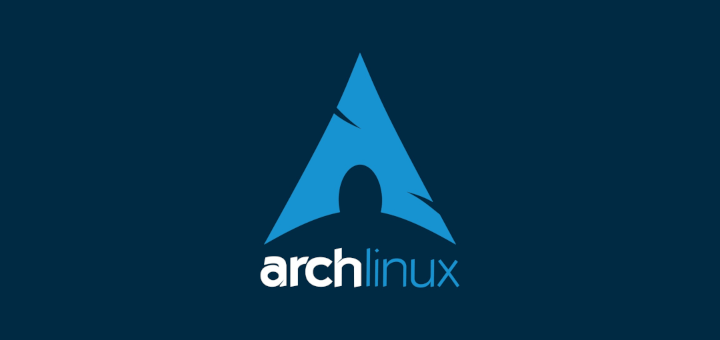
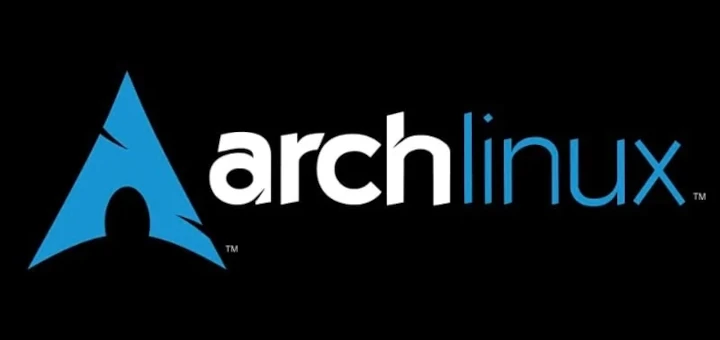
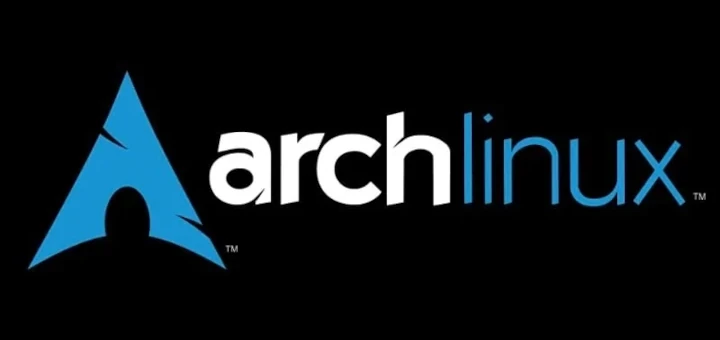

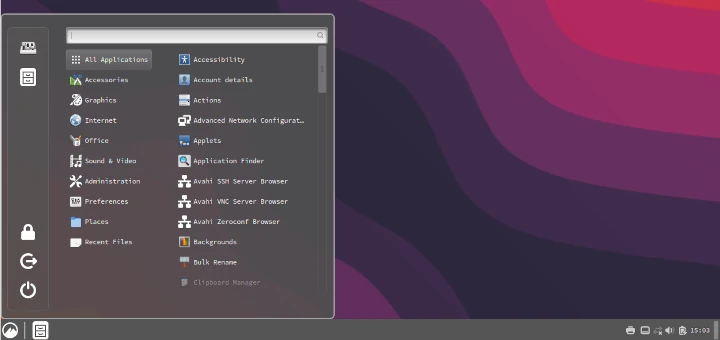
Other arch-based GNU/Linux systems without systemd (besides already mentioned Artix) include Obarun and Joborun.
For the ArcoLinux people (no. 2 on the list) perhaps Mr. Martins D. Okoi can update his article so that it reflects updated info about Arco distributions. (Nice article by the way.)
The last ISO release of ARCOLINUX B can be found here: https://sourceforge.net/projects/arcolinux-community-editions/
ALL ARCOLINUX ‘B’ ISO’s HAVE BEEN REPLACED BY:
ARCONET
ARCOPRO
ARCOPLASMA
TO BE FOUND HERE: https://sourceforge.net/projects/arconetpro/files/
Thanks
JPC
Can’t believe Artcraft OS is out of this list: its lightweight beautiful and even can be installed on an Android device through termux.
Do you mean ARCHCRAFT?
There are many Arch-based distros out there. Not everyone can (or should) be mentioned.
You forgot to add Archcraft
Won’t mind adding a quick link to calam arch, will you?
Mabox Linux is a Manjaro-based Linux.
Thanks for the mention. But what’s special about it; the customized Openbox window manager and adapted BunsenLabs utilities?
Why Archman Linux is not on the list?
Added Archman Linux to the list…
By the way, where is EndeavourOS?
@Paajja,
Added EndeavourOS to the list…
So GARUDA LINUX is still not good enough to be on the List, is it?
@Lando,
Added Garuda Linux to the list…
Well, a lot of water has flowed from the last time when I tackle Linux. With Linux-es nothing really changes – the same boot/errors problems – no USB keyboard/mouse recognition – boot manager, poor driver support at boot, and so on. You should put a big warning before any download – “IT may not work”!
There are way too many Linux-es out there, to figure/test it out which would even properly install/work and if there is required software supported. Not really. No wonder we are doomed to Microsoft. Linux community/developers should once and for all solve boot/install problems. A unified boot that works everywhere! There should be at least some standard for that otherwise this would happening all the time no matter on what step development tech stage Linux is.
Of course, Windows runs flawlessly all the time. Why is it then that every Win 10 update is followed by a slew of articles telling the users how to fix the latest MS screw-ups.
You should stick to Windows. Apparently, Linux is just too hard for you to comprehend,
Manjaro nowadays officially supports Gnome.
Where is Antergos !?
@Josue,
Antergos is officially dead and no longer developed.
Your distro suggestions, all ease the pain of tackling Arch directly. I follow this technique in a larger multi-boot (rEFInd) environment:
Each distro gets its own HD partition and shares the 1 swap partition. They are close enough to their parent distros, to use the parent’s vast repositories, plus their own goodies.
A significant contribution, thank you
“Arch Linux is a lightweight rolling release”.
First and foremost Arch is a do-it-yourself Linux distro, similar to Linux from Scratch, Source Mage or Gentoo. There is no Arch.ISO that can be installed. The prospective user must build the distro from the ground up, using configuration scripts provided by Arch developers.
Arch is not inherently either “lightweight” or “heavyweight”. It is as heavy as you want to make it. It’s “weight” depends on the packages you include during the build process.
The major shortcoming of Arch and its derivatives is that they use systemd as the init program.
You’re correct, thanks.
Concerning systemd, some Linux users either don’t mind using it or prefer using it so it’ll be a major shortcoming to those who want to use it but don’t want systemd.
Tried out Manjaro as my intro to the arch world, And while i learned a whole lot while debugging it after the first install. It just wasn’t working for me. So i jumped to Antergos and i love it.
Antergos has everything i will ever need, and I am using Xanmod14 4.9.9 kernel to speed it up even more. I think i might try out Apricity, and perhaps rip the packages it has to antergos.
Using Manjaro Gnome and xfce, two machines. As of last night thinking about OB Revenge and maybe give Antergos a 6th install try. It just won’t take, tried multiple machines and VM’s. My friend has it on his Mac (complete OS replacement) and it looks great.
i am gonna be new in linux… if i install Antergos then can i use easily or there are some defeculties i may face??
Try ArcolinuxB and EndeavourOS – both are Arch Linux-based distributions.
Antergos + KDE 5.7 = awesome
Thanks for the info.When i had 15 I dedicated myself to install arch from 0. Now i have 21 and i don’t have so much time and this information is so good for back to linux <3 thanks you
you’re welcome Carlos :)
Iam looking for a distro which i could use blender, gimp and openshot as efficient as possible …..are arch based distros good enough or should i go for something like lubuntu or linuxmint ?
If you’ve got some previous experience using Linux, then Arch Linux is quite a safe bet…. Particularly because using Arch can get a lil tricky… And you should be ready to get fixing when something breaks… All in all, Arch is pretty stable and will let you work just as effectively as its Ubuntu counterparts..
Currently using Manjaro Xfce on my trusty old ThinkPad Edge, it flies ! While it feels faster, I gets more time out of my battery than on Ubuntu 14. Loving the rolling release model !
it’s mostly thanks to the lightweight nature of Arch….compared to the bloated and power hungry nature of Ubuntu…
You forgot MATE in your list of Manjaros flavours.
there is no doubt that the Antergos development team have done a great job with Arch while still extremely user-friendly…..once they have their app store ready for prime time, the operating system will certainly be a force to contend with in the nearer future……hopefully it can go shoulder to shoulder with the popular ubuntu derivatives out there including Linux Mint
I have been using Antergos Gnome for a few months now and I love it! The Ubuntu Gnome guys do a great job, but the development cycle makes it tough for them. Once you get Antergos setup the way you like it, it just runs and you get the latest updates all the time.